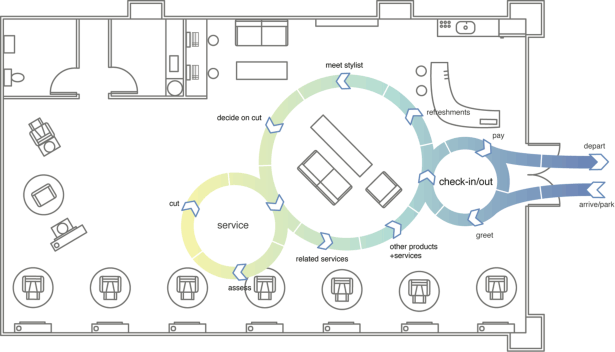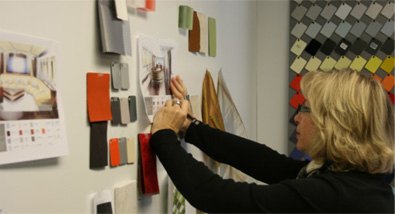 “A person isn’t who they are during the last conversation you had with them – they’re who they’ve been throughout your whole relationship.” – Rainer Maria Rilke
“A person isn’t who they are during the last conversation you had with them – they’re who they’ve been throughout your whole relationship.” – Rainer Maria Rilke
This is the essence of Service Design. It is recognizing that transactions are not relationships and that the total experience defines that brand. It is about designing and orchestrating all the components of any service or product provided by a company for each specific context or environment. For example, designing the experience of buying insurance online to make it more personel, or redesigning the experience of selling shoes in a retail environment to be more to be rejuvenating, or even redefining the music experience as Apple did. Imagine the elaborate set of consumer and brand touch-points involved in designing a service ecosystem like iTunes™ and the related sale of accessories, apps and devices. Many companies are finding they don’t have the internal expertise to fully design these experiences in order to address the consistently changing context and/or environment for these services. In our hyper-connected, 15-minute-attention-span world, brand relationships are being reconstructed and reexamined demanding a fresh look at the design of the services companies provide.

“Designing Services for Dynamic Evolution” is how we term our approach for our service design clients. Think of it as designing the living interactive community for a unique brand culture. The key to successful service design programs is to design and define the experience , This is usually based on ethnographic research in conjunction with prototyping the experience. For example, we build full size sets in our office to develop experience ideas with our clients, and test usage models. We experiment with color, and texture and spatial interactions. For internet and device experiences, we will create animated prototypes of digital and online services to pressure test different or evolving usage scenarios. The challenge is that these contexts, and the consumer expectations within them, are constantly evolving.
Businessweek: Service Design For A Car Dealership
Interestingly, consumers experience a natural version of this evolution on a regular basis, whether it’s the gentle arc of change at the farmer’s market throughout the growing season or the way our personal social gatherings change organically over time with new faces and stories. Consumers embrace this type of organic evolution as familiar and reassuring.

We’re seeing a need by companies to create this type of naturally evolving service environment, because the warmth and relevance of the experience is essential to building authentic long-term relationships. For consumers, this approach feels more natural and assures them that the company is prioritizing their needs; it builds trust.
Years ago design-planning and product-roadmaps became a standard tool for use by top design, marketing and business planning professionals; now we’re seeing the need for design-planning in Service Design as well, although the analogy to a map has evolved to become more of a design-planning guidebook for the service and brand experience.
